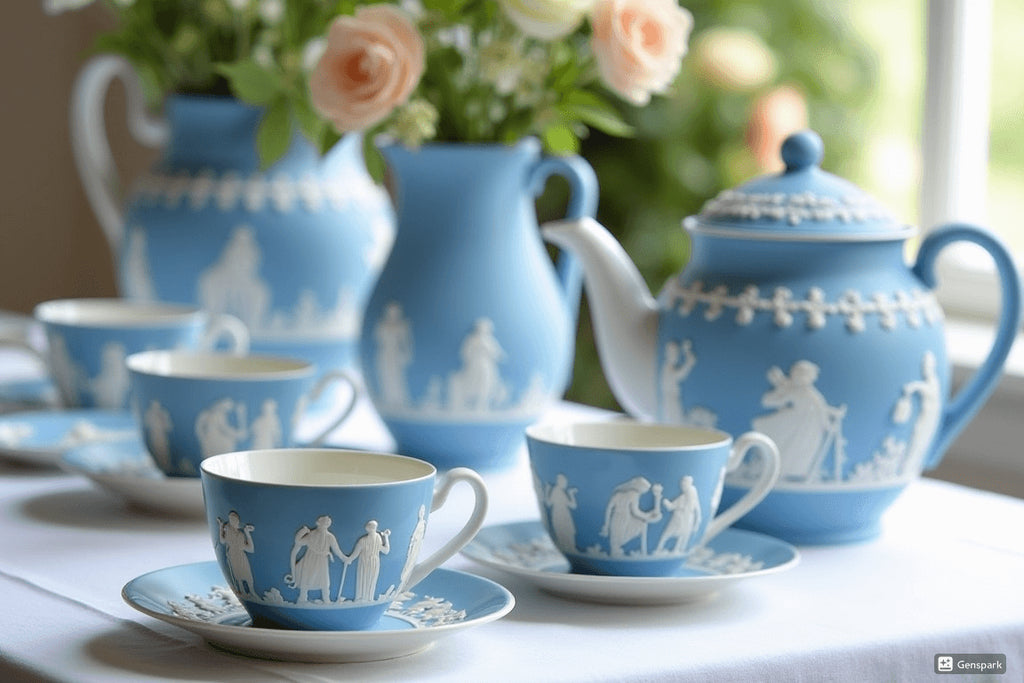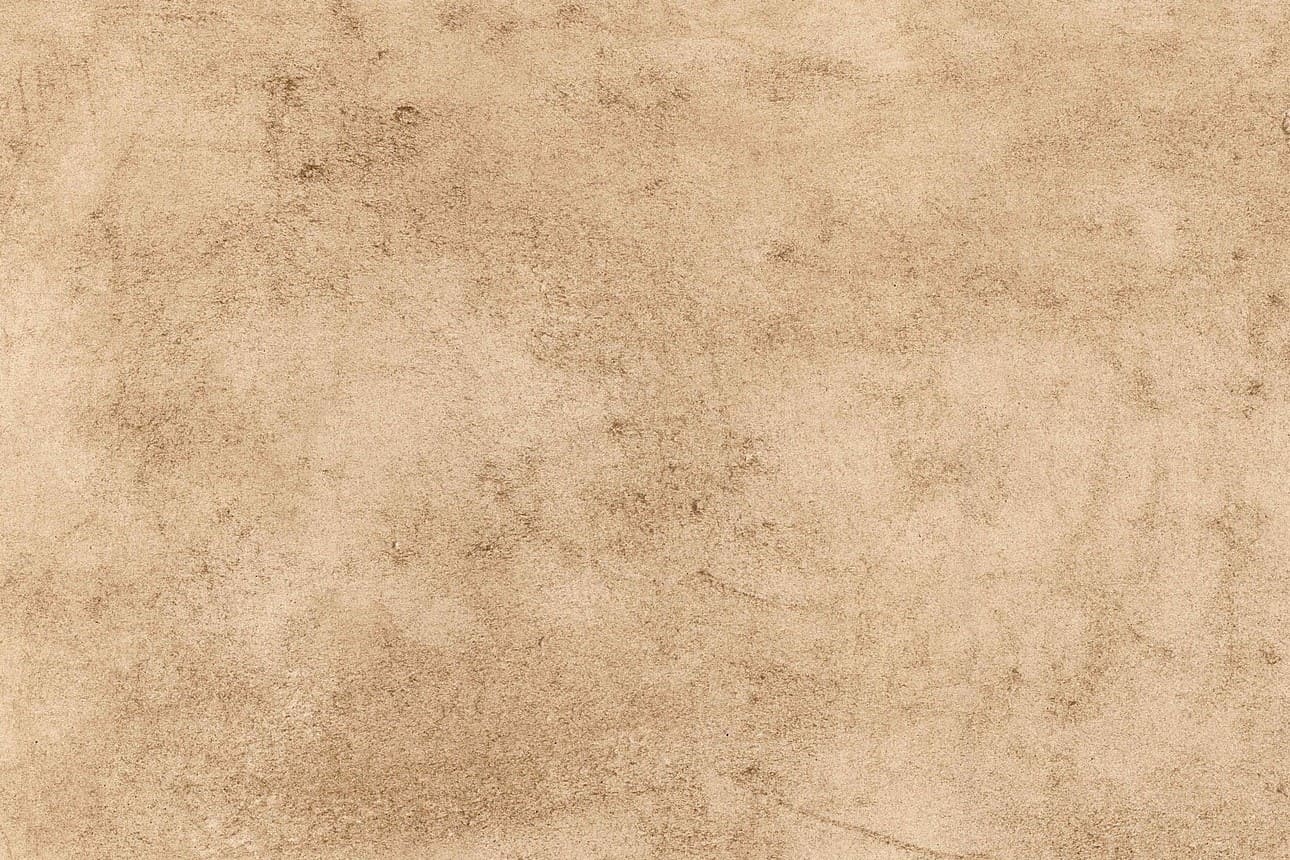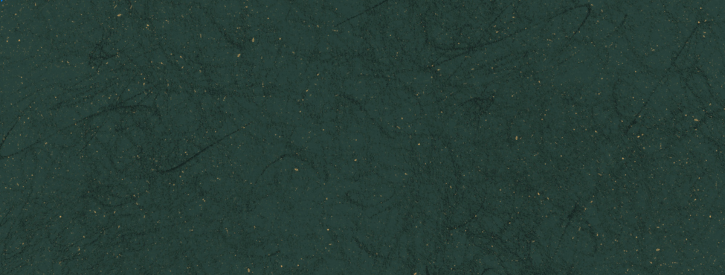Wedgwood's "Jasperware" from the UK
Posted by WATANABETAIGA

Wedgwood's "Jasperware" is one of the most popular Western ceramics in Japan.
Teacups and vases with elegant white relief on a pale blue background are truly synonymous with Wedgwood.
In this article, we will provide a clear explanation of the history of its creation, its characteristics, how it is made, and the secret behind its appeal that continues to attract people.
1. Josiah Wedgwood and Jasperware
The story of Jasperware begins in 18th century England, during the Industrial Revolution.
A man named Josiah Wedgwood (1730-1795) appeared during this period of change.
He was more than just a craftsman, he was a scientist, a brilliant businessman and above all an innovative artist.
Jasperware is one of the masterpieces created by this man who is also known as the "Father of British Pottery".

Jasperware was created in 1774. It is said that thousands of trial and error attempts, some say more than 10,000 times, were made before it was perfected.
Josiah aimed to develop a completely new type of ceramic that would have beautiful color in the base itself, be extremely hard, and be capable of featuring intricate relief decoration on its surface.
A particularly difficult challenge was finding the technology to perfectly integrate the white relief, which has a different rate of shrinkage during firing, into the colored base.
However, he took a scientific approach and thoroughly researched the clay composition and firing temperatures, and eventually overcame this challenge.
This new stoneware was named " Jasper " because it has a texture similar to that of beautiful jasper.
The arrival of Jasperware sent shock waves through the ceramics world at the time and solidified Wedgwood's reputation.
Portland Vase: The Pinnacle of Jasperware Technique
The most famous example of Jasperware's technical achievement is the imitation of the " Portland Vase" .
The original Portland Vase is a masterpiece of Roman cameo glass.
Josiah was passionate about recreating this beautiful vase in Jasperware, and after several years of work he finally completed a perfect replica in 1790.
This project was an attempt to bring together the best of Jasperware technology, and its deep blue base with white relief came to be known as "Portland Blue" and had a major influence on the colors of later Jasperware.

(Jasperware replica)

Deep ties to the British Royal Family
Wedgwood's success is also due to its deep ties to the British Royal Family.
Josiah presented Queen Charlotte, wife of King George III of England, with a milky white creamware which she loved so much that she was given the honour of naming it " Queen's Ware" .
This success demonstrated the high quality of Wedgwood products and dramatically improved the brand image.
Jasperware was also widely accepted by royalty and the aristocracy for its elegance and innovation, further solidifying Wedgwood's position.
2. Characteristics and manufacturing process of Jasperware
Now that we have looked at the history of Jasperware, let's take a look at its specific characteristics and manufacturing methods.
The secrets of "stoneware" and "unglazed"
When you pick up Jasperware, the first thing you notice is its unique texture.
It has a smooth, moist, yet warm matte texture. This is because Jasperware is a type of pottery called " stoneware " and is made using the " unglazed " technique, which means that the surface is not coated with glaze .
Stoneware : A type of pottery with properties intermediate between pottery and porcelain. It is made primarily from clay and ceramic stone, and is fired at high temperatures of 1200-1300°C, resulting in a very hard, durable product with almost no water absorption.
Unglazed : A technique that does not use glaze, a glassy coating applied to the surface of ceramics, and instead makes use of the color and texture of the base material itself. This creates the unique matte, subdued texture of Jasperware.
Harmony of colors
One of the charms of Jasperware is its wide range of colors.
The most famous is " Wedgwood Blue ," a gentle and elegant pale blue also known as pale blue, which creates an exquisite contrast with the white relief.
But these are not the only colours Jasperware comes in.
Black Basalt: A deep matte black reminiscent of the black pottery of ancient Greece.
Sage Green : A calm and elegant green color
Pink (Rose) : A pretty and gentle pink.
Lilac (Lavender) : A rare and noble purple color
Other colors developed include yellow, crimson, and dark blue. These colors are achieved by kneading pigments directly into the clay and firing it, so that the entire body takes on that color ( Solid Color Jasper ).
In the early days, there was a technique called " dipped color jasper ," in which a white base was colored by dipping it into colored clay liquid.





Longing for antiquity: intricate relief decoration
The greatest feature of Jasperware and what defines its artistic value is the white relief decoration on the base.
The relief, reminiscent of the cameo (※1) craftsmanship of ancient Greece and Rome, is astonishingly delicate and three-dimensional.
The motifs were influenced by the **Neoclassicism** (※2) that was popular in Europe at the time, and often included gods, heroes, goddesses, angels, ancient customs, flowers, and plant patterns from Greek mythology.
Classical themes such as "The Dancing Hours" and "Apollo and the Nine Goddesses" are representative designs. Each of these reliefs is made as an independent piece and carefully pasted together by hand.
*1 Cameo : An ornament made of jewels, shells, etc. with embossed detail *2 Neoclassicism : An art style that was popular from the late 18th century to the early 19th century. It idealized the art of ancient Greece and Rome.
Secret recipe: the epitome of craftsmanship
The manufacturing process for Jasperware was established by Josiah and involves complex steps requiring advanced skills.
Body Preparation : Pigments are precisely mixed with selected clay and ceramic stone to create a colored jasper body.
Shaping : The base material is shaped using a mold or a potter's wheel to create the basic shape.
Relief creation : White clay is pressed into plaster moulds to create thin, delicate relief pieces.
Attaching the relief : A layer of slip , a clay-like substance, is applied to the back of the dried relief, and then the relief is attached to the base piece by hand, with great precision. This requires advanced techniques to overcome the difference in shrinkage between the base piece and the relief when fired.
Drying and firing : After slowly drying the product, it is fired for a long time in a kiln at about 1200℃ to 1300℃. The base material is baked hard and the relief is integrated. Since the product shrinks by about 15% during firing, the prototype is created after calculating this.
Finishing : The baked product is polished and finished.
3. The appeal of Jasperware
Why has Jasperware continued to fascinate people for over 250 years? We explore its universal appeal.
Timeless and universal aesthetic appeal
First and foremost is its aesthetic appeal .
Unique matte texture, elegant and diverse colors, and classic and graceful relief decoration.
These elements work in perfect harmony to create a timeless beauty that is timeless and timeless. Neoclassical design is sophisticated and timeless.
Simply displaying one in your living room will create an elegant and relaxing atmosphere in the space.
Josiah Wedgwood's Innovation and Vision
The innovation and foresight of Josiah Wedgwood, the founder of the company, is also fascinating. He developed new materials and techniques with his scientific curiosity and artistic sense. Jasperware is the culmination of that.
He also had a keen marketing sense and implemented groundbreaking strategies, including utilizing the Royal Warrant, opening showrooms, and publishing catalogues.
The uses of Jasperware were not limited to tableware, but also included a wide range of products such as vases, jewelry, and furniture decorations, making it available to a wide range of people.
History and stories passed down
Like all antiques, Jasperware has a long history and story spanning more than 250 years . This beautiful ceramic created by Josiah has passed through various eras and styles, but has retained its essential charm and been passed down to the present day.
When you pick up an old Jasperware piece, you can almost feel the lifestyles and aesthetic sense of the people who made it, as well as the thoughts of its past owners.
Fun and diversity of collecting
Jasperware is highly collectible due to the wide variety of pieces , which vary by color, shape, relief motif and date of production.
You can also have fun collecting items based on your favorite colors, narrowing down your collection to a specific motif or era, or choosing items from a specific category, such as tea sets, cups and saucers, plates, vases, pill cases or brooches, among many other different types of items.
One of the joys of this watch is guessing the year of manufacture using the backstamps, which vary depending on the era.
A major movement that other manufacturers imitated
Wedgwood is best known for Jasperware, but since its introduction it has become so popular in the UK and around the world that pottery manufacturers all over the world now imitate Wedgwood's Jasperware.
In the UK, William Adams, Turner, Neale & Co., and other companies in Staffordshire, where Wedgwood's factory was located, produced excellent Jasperware.
Outside of Britain, other pottery manufacturers, including Noritake of Japan, Meissen and Villeroy & Boch of Germany, as well as American and Spanish pottery manufacturers, produced Jasperware-style decorated pottery that imitated Wedgwood.
Comparing these is one way to enjoy them.

Meissen Jasperware 
summary
Have I been able to convey the appeal of Wedgwood Jasperware?
This beautiful stoneware, born from the passion and innovation of Josiah Wedgwood, continues to fascinate us even more than two and a half centuries after its creation.
Its unique texture, beautiful relief, and diverse colors make it a true work of art.
They can be said to be familiar works of art that add color and richness to everyday life.
Many of them are relatively inexpensive, making them a great first step into antiques.
We hope that your encounter with Jasperware will enrich your life.











